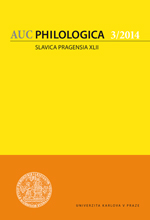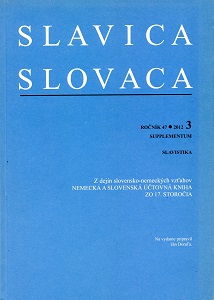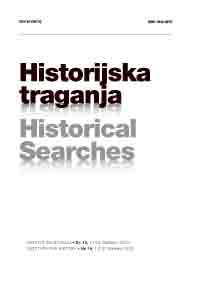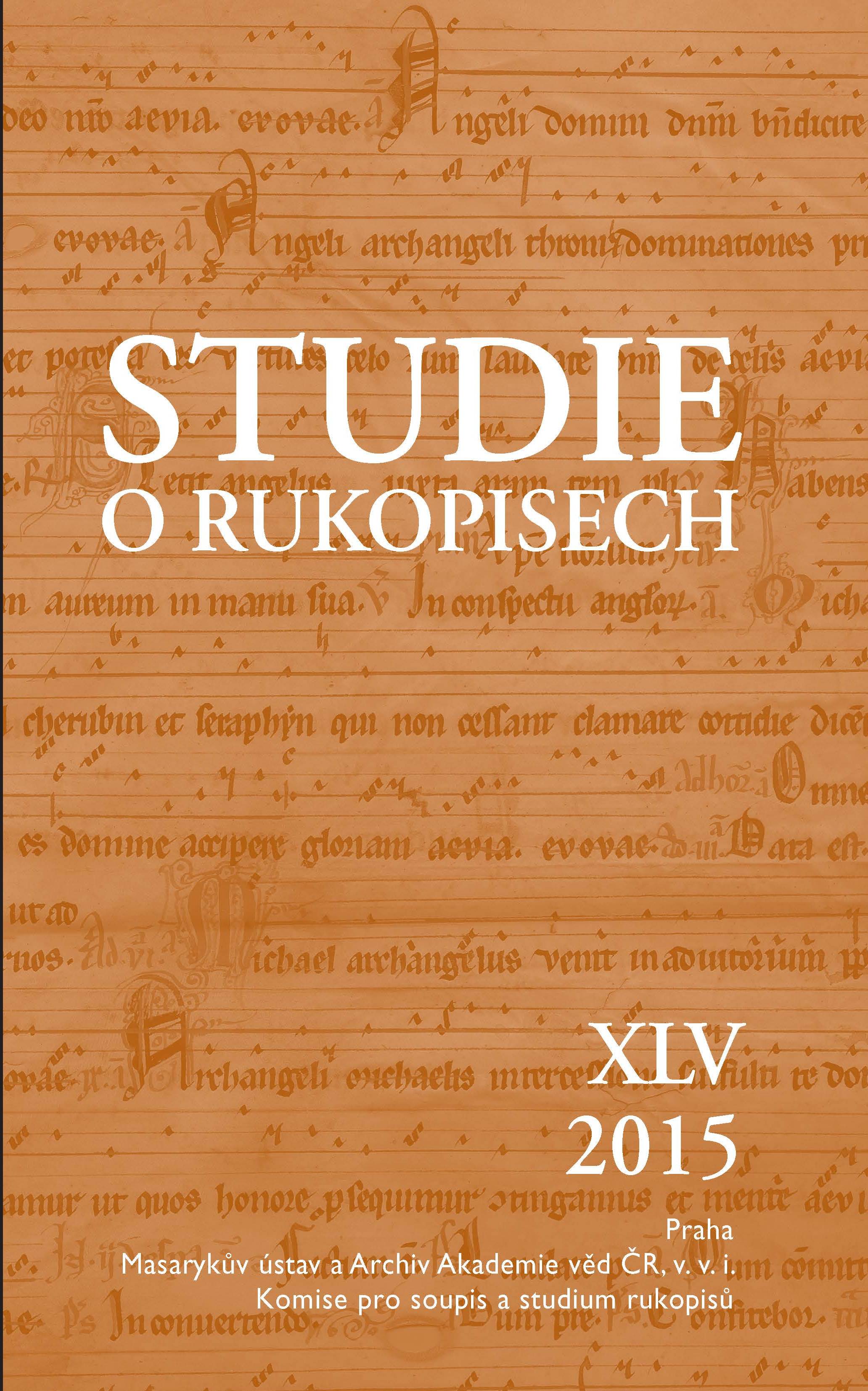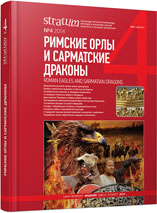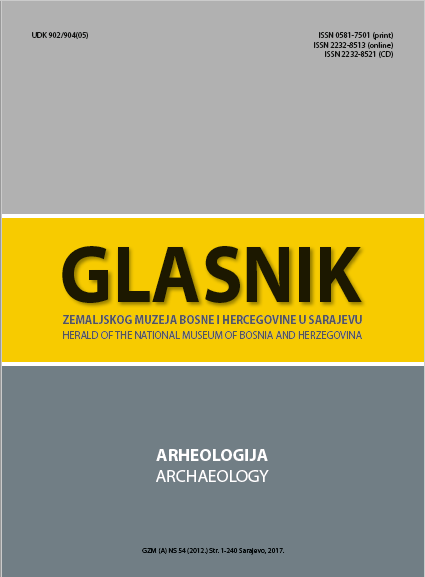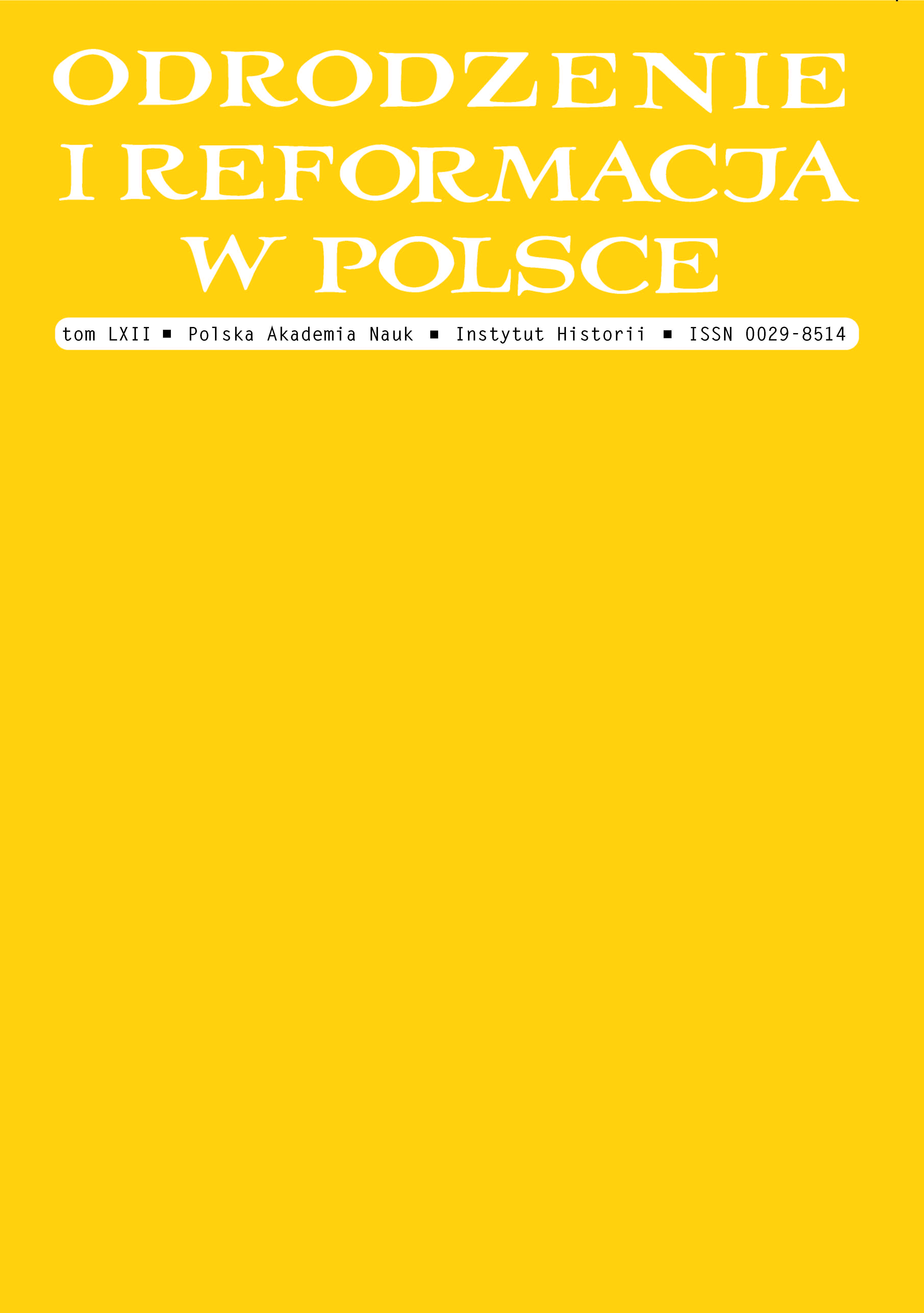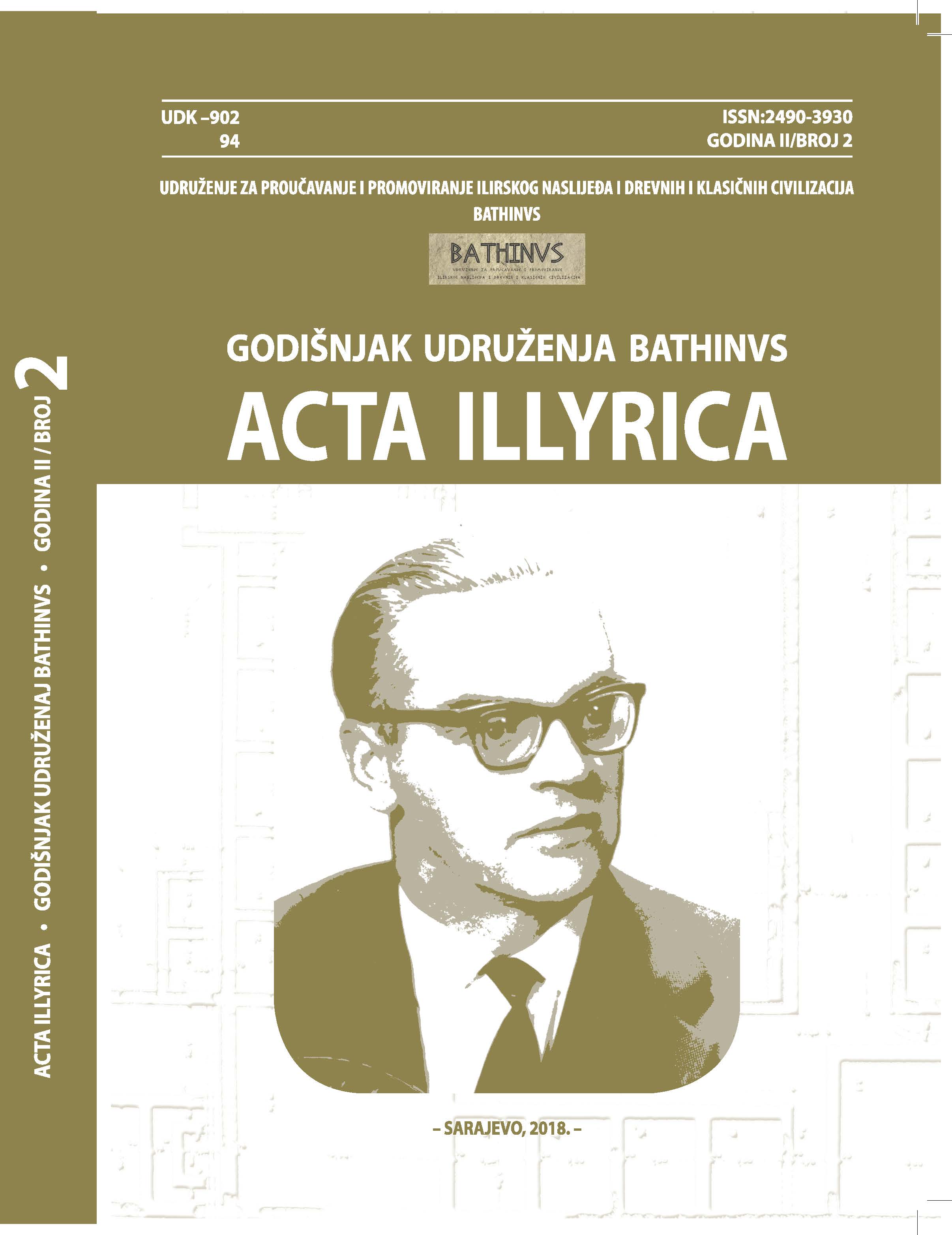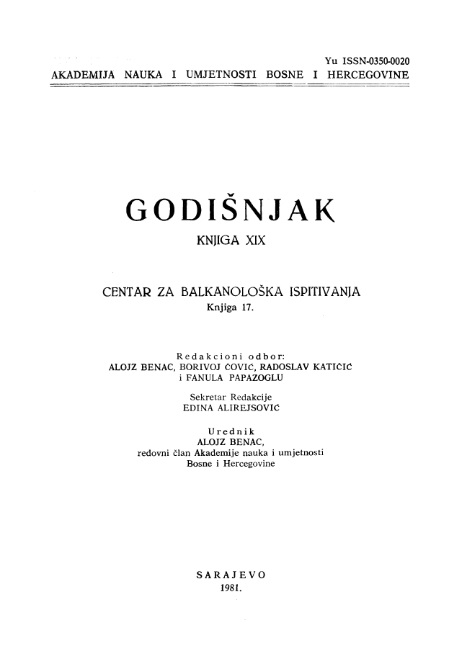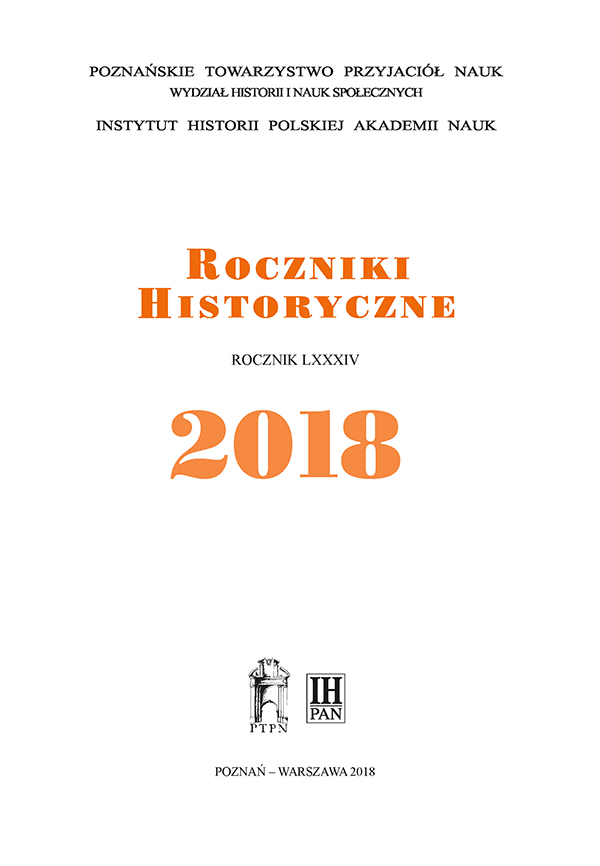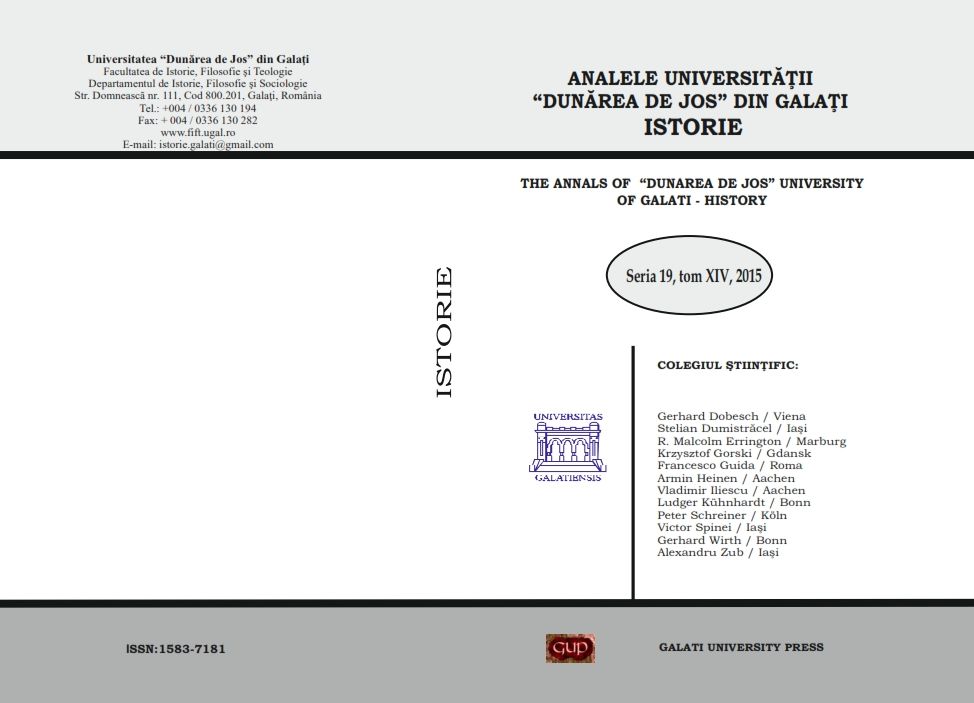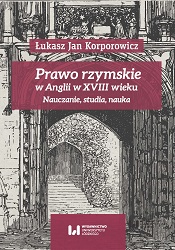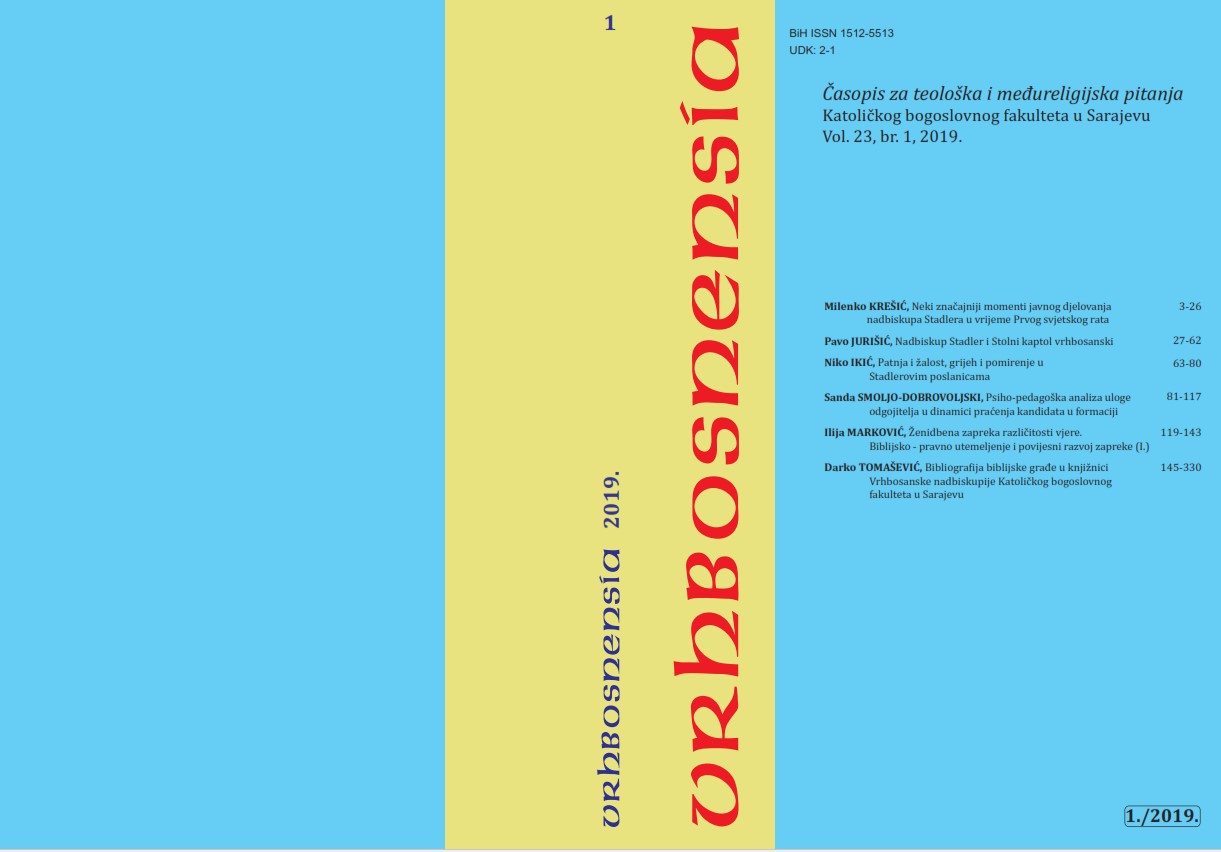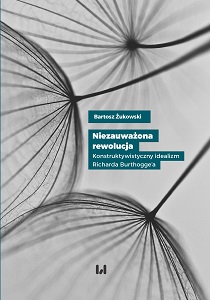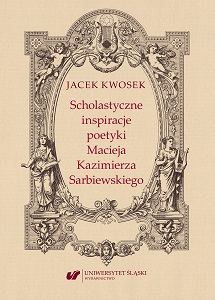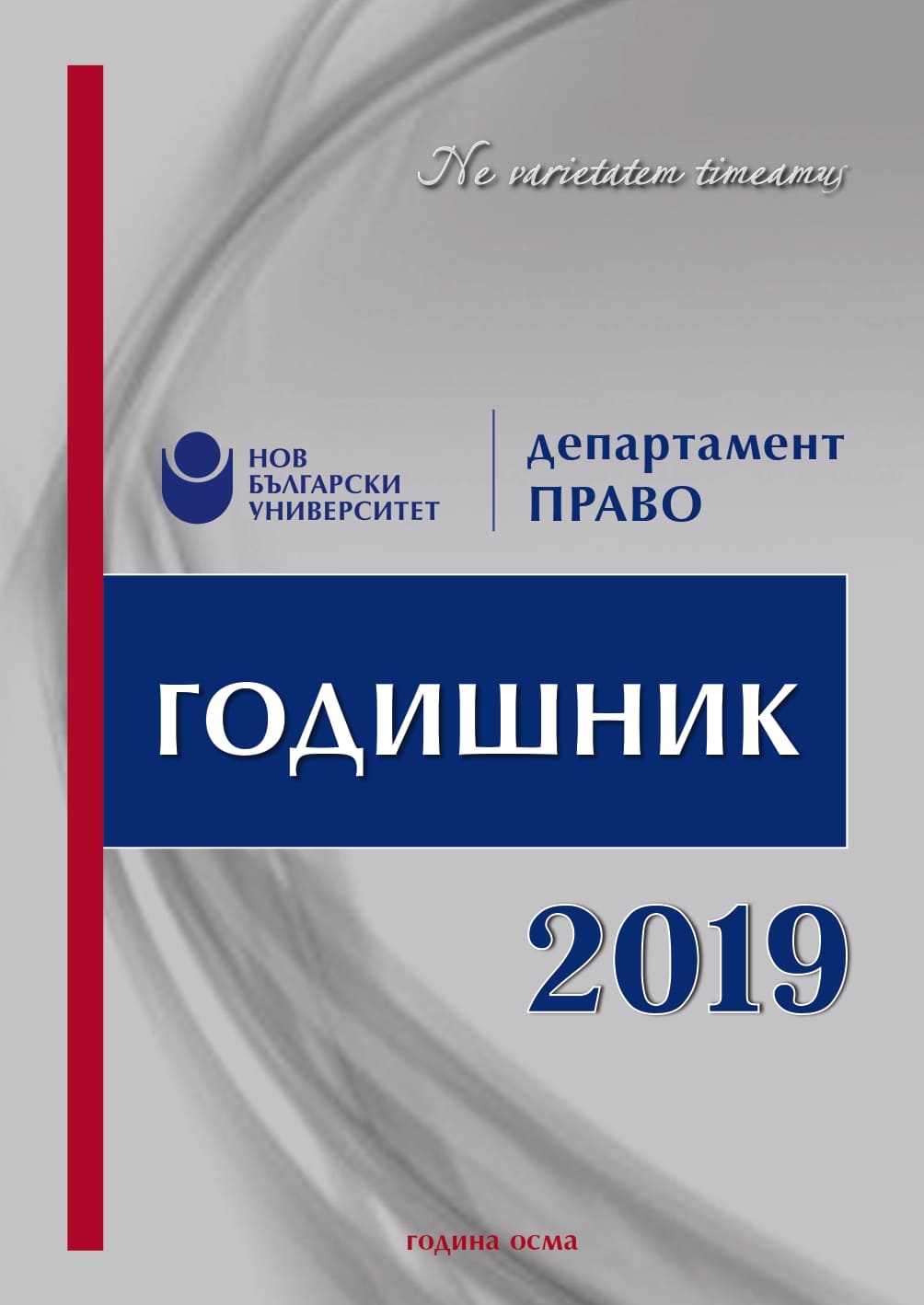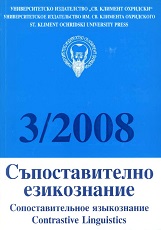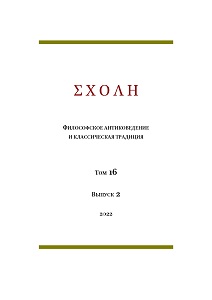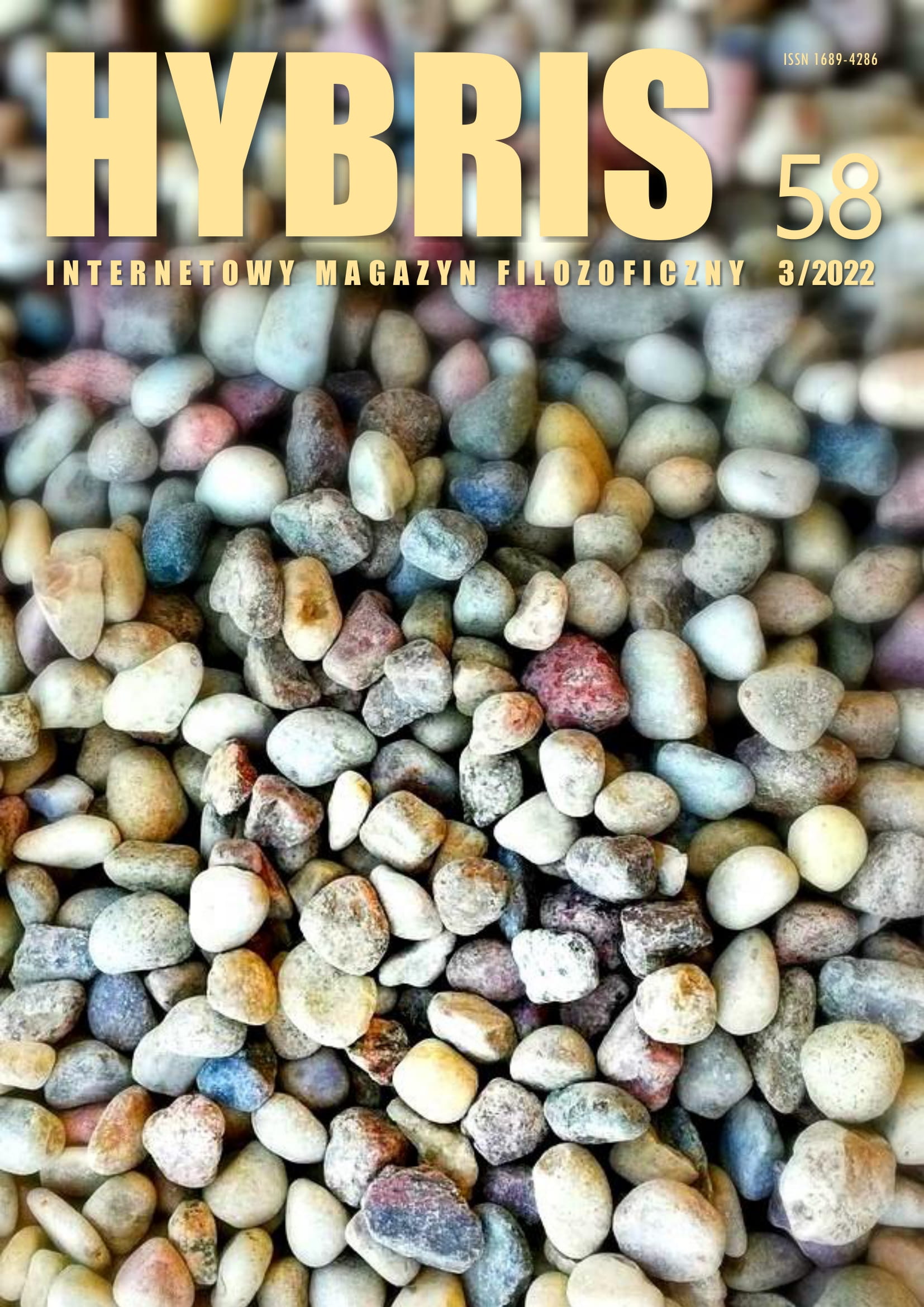Zur Neolithischen und Äneolithischen Kupferverarbeitung im Gebiet Jugoslawiens
Author(s): Martin Kuna / Language(s): German
/ Issue: 19/1981
Keywords: Neolithic; Neolithic; copper processing; Copper Age; Yugoslavia; material culture; raw metal; metal objects;
»Najstarija metalurgija bakra u neolitskim i eneolitskim kulturama jugoistočne Evrope predstavlja veoma interesantan istorijski i kulturni fenomen koji već dugo vremena stalno privlači pažnju više praistoričara i istoričara metalurgije. Posljednje godine su donijele neka iznenađujuća otkrića — prije svega prve konkretne dokaze o vađenju bakarne rude u periodu eneolita — i na taj način nas stavila pred nove mogućnosti rješenja, ali i pred mnoge neočekivane probleme. Ovaj rad je postavio sebi za cilj da tipološki i hronološki klasificira industriju bakra na području Jugoslavije, pri čemu su iskorišteni ne samo formalni elementi industrije bakra već i njene hemijske osobine (kombinacija elemenata u tragovima). Nadalje smo pokušali da zaključke ovog dijela našeg rada svrstamo u cjelokupnu jugoistočnu Evropu i da u ovom okviru objasnimo i neka opšta pitanja, kao što su porijeklo metalurgije i njena društvena funkcija.« »Problematika najstarije obrade bakra obuhvata više opštih pitanja na koja još nije dat odgovor. Jedno od prvih je povezano sa otkrićem metalurgije. »Teorija logorske vatre« je iz različitih uzroka nevjerovatna, konačno i zbog toga što se u otvorenoj vatri ne razvija dovoljna temperatura. Prije nego slučajnost trebalo bi se pretpostaviti da se radi o namjeravanom i sistematskom eksperimentisanju čije mogućnosti i svrhu mi još ne možemo sasvim razumjeti. Funkcija najstarije metalurgije postaje dakle drugo glavno pitanje. Neki autori objašnjavaju pojavu predmeta od metala ekonomskom napetošću, a »metalizaciju« kulture shvataju kao težnju za efektivnijim oruđem za rad koja se pojavila nakon što su se iscrpile sve mogućnosti kamene industrije. Mi ne bismo tako jednostavno definisali društvenu ulogu bakra. Metalurgiju bakra doduše nalazimo u mnogim razvijenim neolitskim kulturama, ali je u nekim, kao npr. u oblasti Egejskog mora, ne nalazimo, što svakako ne znači, da su ove kulture bile zaostale. Pored toga u navedenoj tvrdnji vidimo jednu drugu protivurječnost: neolitske kulture su uložile mnogo energije u vađenje bakarne rude, ali konačni produkt (ukrasni predmeti) ipak nije mogao donijeti, barem u cijelom periodu neolita, nikakav direktni ekonomski efekat. To nas vodi dalje: kakav je odnos između same metalurgije bakra i drugih društvenih i tehnoloških promjena i inovacija koje čine bit slijedeće eneolitske epohe? Situacija na srednjem i zapadnom Balkanu se pokazuje kao komplikovanija. Metalurgija bakra, uključujući i razvijeno rudarstvo, razvija se ovdje od početka kulture Vinca—Pločnik. Ova kultura ipak do kraja ostaje veoma konzervativna u svim oblicima svog ispoljavanja, što odaje jednu u suštini nedirnutu socijalno-ekonomsku strukturu. Oblici naseobina i kuća ostaju nepromijenjeni. Nisu nam poznati nikakvi negovještaji socijalne diferencijacije, a i vidljivi kultni, ritualni i umjetnički elementi ostaju u osnovi tradicionalni. Sama metalurgija bakra nije mogla promijeniti neolitski kulturni život. Slijedeće kulture donose neosporno mnogo novih elemenata koji se na jugoslavenskom području djelimično primjećuju već u kulturi »Bubanj«, ali nešto više tek u badenskoj kulturi. Naseobine ovih kultura sada se često osnivaju na strateškim mjestima (Velika Humska Čuka, Batka, Kostolac, Beograd-tvrđava, i dr.), neka čak imaju i utvrđenja (Vučedol, Gradac). Kuće postaju manje (Bubanj: 4—6 m duge, Dobanovci: 7—8m duge), što ukazuje na promjene u strukturi porodice. Pored toga se govori o identifikaciji uzgoja stoke i o promjeni strukture u uzgoju stoke (ovca-koza preovladava u badenskoj kulturi nasuprot ranijim kulturama jugoistočne Evrope), nadalje se govori o novim elementima u obredu sahranjivanja (spaljeni grobovi, tumuli, neki pod utjecajem »stepskog rituala«), kao i o novim kultnim predstavama (stočni grobovi i grobovi pasa, nestajanje antropomorfne plastike). Druge pojave su dokaz o začecima društvene diferencijacije (»grobovi poglavica«: Bogojevo, Vučedol; izdvajanje akropole u Vučedolu). Ovi elementi su dokaz progresivnih promjena ekonomske baze i društvene i ideološke strukture koja se želi dovesti u vezu sa razvojem patrijarhalnog društva. Ali dolazimo do paradoksalnog fenomena: u navali novih kulturnih elemenata metalurgija bakra doživljava jak regres, koji se samo djelimično može izjednačiti uz pomoć nekog poboljšanja kvaliteta (arsenski bakar i dr.). Da bismo predložili neko logično rješenje i razumjeli naizgled suprotno dejstvo dvaju procesa o kojima je bilo govora, moramo pretpostaviti da ova dva procesa — »metalizacija« i »eneolitizacija« — nemaju korijen u istom sistemu kulture. Zbog toga nam izgleda da je metalurgija bakra na području Jugoslavije specifičan oblik ispoljavanja nekih neolitskih kultura (Vinca k.), čiji sadržaj i smisao nastupajuće eneolitske (patrijarhalne) kulture u početku nisu razumjele ili je vjerovatno nisu u istoj mjeri iskoristile (badenska kultura), i koja je tek u slijedećim periodima razvoja prihvaćena i integrisana u nove kulturne veze (vučedolska k.). Metalizacija materijalne kulture se dakle ne može ni u kom slučaju posmatrati kao proces koji teče linearno, možda se uopšte ne bi trebalo govoriti o jednom te istom procesu u vremenskom periodu od tri hiljade godina, jer je ovaj proces prošao kroz više skokova i preloma koji ne samo da su unosili kvantitativne promjene u njegov razvoj, već su mijenjali i njegovu suštinu i društveni sadržaj. Prisustvo bakra ili bogatstvo njime u jednoj arheološkoj kulturi samo po sebi nije direktno proporcionalni i nerazdvojni simptom socijalno-ekonomskog »eneolitskog« napretka. Suština ključnog pitanja za utvrđivanje značaja bakra za kulturu je u društvenoj funkciji metala i metalurgije. Neolitska i eneolitska društva, za koja bakar još nije postao jedini tehnički materijal, očito su pridavala metalurgiji bakra različitu važnost u svojim sistemima. Zbog toga bi bilo pogrešno ulogu bakra objašnjavati pojednostavljenim anahronističkim shvatanjem koje se zasniva na današnjim ekonomskim principima. Društvena funkcija metalurgije bakra se ne može identificirati samo sa funkcijom konkretnih proizvoda od bakra, no ipak je i ovo pitanje značajno i ilustrativno. Direktno dejstvo na ekonomski razvoj društva bakar je mogao izvršiti samo onda kada se primijenio za izradu oruđa za rad. Ali dugo vremena to nije bio slučaj. U neolitu samo šila možemo tretirati kao oruđe, u eneolitu k tome dolaze i ravne sjekire, a tek na kraju bronzanog doba bakar je po prvi put direktno iskorišten u privrednoj bazi društva, u poljoprivredi, i to za izradu srpa. Nasuprot tome, u neolitu i eneolitu bilježimo veoma razvijenu proizvodnju nakita, u starom eneolitu ogromnu količinu krstastih sjekira i sjekira-čekića, čija funkcija još uvijek nije pouzdano objašnjena, kao i različite vrste oružja počev od starog i srednjeg neolita (bodeži, sjekire sa jednom oštricom) pa do bronzanog doba (bodeži, bodeži na palici, mačevi, koplja, i dr.). Zbog toga se čini da se direktna ekonomska upotrebljivost bakra kroz istoriju znatno mijenjala: od nepraktičnog materijala u neolitu pa do njegove pretežno ekonomske funkcije u mlađem bronzanom dobu. Jedan drugi faktor društvene funkcije metalurgije bakra je njena socijalna organizacija. Ona se ne može direktno proučavati, ali ipak dozvolite da navedemo neka razmišljanja. Neki autori su iz različitih razloga pretpostavili da se metalurgija bakra u neolitu i eneolitu razvijala izvan uobičajenih poljoprivrednih naseobina. Sa shvatanjem se ne slažu doduše neki tragovi obrade bakra u vinčanskim naseljima, ali mi bismo ipak željeli potkrijepiti ovo mišljenje sa nekoliko činjenica koje se u cjelosti mogu primijetiti. Do sada nije poznat ni jedan kalup za lijevanje (sa jedinim neobjavljenim izuzetkom iz Cäscioarele i jednim problematičnim izuzetkom iz Gornje Tuzle), iako je proizvodnja krstastih sjekira i sjekira-čekića, kao i ravnih sjekira u to vrijeme bila izuzetno velika (to je suprotno u odnosu na situaciju u mlađem eneolitu). Ovaj kontrast je naročito jasan u Bosni, oblasti kojoj pripisujemo proizvodnju krstastih sjekira tipa Kladari. Iako je prema svim nagovještajima ovdašnja metalurgija morala postojati istovremeno sa kulturom Hvar-Lisičići i butmirskom kulturom, nije nam poznata nijedna iskopina iz ovih naseobina koja bi imala veze sa metalurgijom bakra (cf. Amm. 155). Današnja istraživanja znatno precjenjuju tehnološku stranu praistorijskog razvoja. U slučaju metalurgije bakra tehnološko otkriće je naravno bilo primarno, ali to nije bio jedini faktor ovog procesa. Poslije njega se morao napraviti jedan drugi korak: »otkriti« bakar na socijalnom i psihološkom nivou. Ako primarno tehnološko otkriće posmatramo kao prilagođavanje sirovog materijala čovjeku, onda moramo društvenu stranu smatrati nužnom reakcijom, odgovarajućom akomodacijom čovjeka na novi karakter njegovih odnosa prema materijalu. Da bi se primarno otkriće moglo prikladno iskoristiti, moralo je društvo razviti nove oblike oruđa i operacije rada, pri čemu je trebalo prevazići snagu hiljadugodišnje tradicije i izdvojiti sloj specijalista iz zajednice, što je samo po sebi imalo dalekosežne posljedice. Tehnološko otkriće se obavilo i raširilo relativno brzo, ali je dugo trajalo dok je čovjek zaista shvatio sve mogućnosti ovog otkrića. Ovaj dvostruki aspekt metalizacije može se i pratiti u arheološkom materijalu. Redukcija rude i tehnike vađenja rude bili su poznati već na početku kulture Vinca—Pločnik, no ipak je nedostajalo razumijevanje i potreba da se bakar »praktično« iskoristi. Trajalo je makar 1500 god. dok se nisu proizveli takvi oblici predmeta koji su potpuno odgovarali novom materijalu (sjekire sa jednom oštricom) i koji su definitivno napustili tradicionalnu formu sjekiračekića koje su primjenom bakra postale nekorisne. A tek po isteku još jednog tisućljeća čovjek je naučio kako da u poljoprivredi direktno produktivno iskoristi bakar. Vremensko zakašnjenje socijalno-psihološke strane razvoja može se objasniti tromošću primitivne socijalne strukture, kao i činjenicom da je najstarija metalurgija u društvenom sistemu morala vršiti više funkcija a ne samo ekonomsku. Preokreti procesa metalizacije ne mogu se objasniti samo tehnološki, jer njihova suština nije samo tehnološka nego i kulturna. Prisustvo metalurgije bakra nije samo eneolitski elemenat strukture. Ona se može pojaviti u »neolitskom« kao i u »eneolitskom« (patrijarhalnom) sistemu, ali se može naići i na »eneolitske« (patrijarhalne) kulture bez metalurgije bakra. Nije samo bakar elemenat koji je metalurgiju bakra učinio progresivnom (novi materijal, nova tehnologija), nego tek njegova nova kulturna (društvena) funkcija koja uvijek ne mora odgovarati tehnološkom procesu. Nakon ovih razmišljanja konačno bismo pokušali da ocijenimo osnovne stadije i oblike odnosa čovjeka prema bakru u društvenom razvoju. Ovaj pokušaj ne bismo željeli staviti umjesto, već pored šema periodizacije koje se uglavnom bave tehnološkom stranom bez koje ne bismo mogli razumjeti ono što dolazi.
More...
